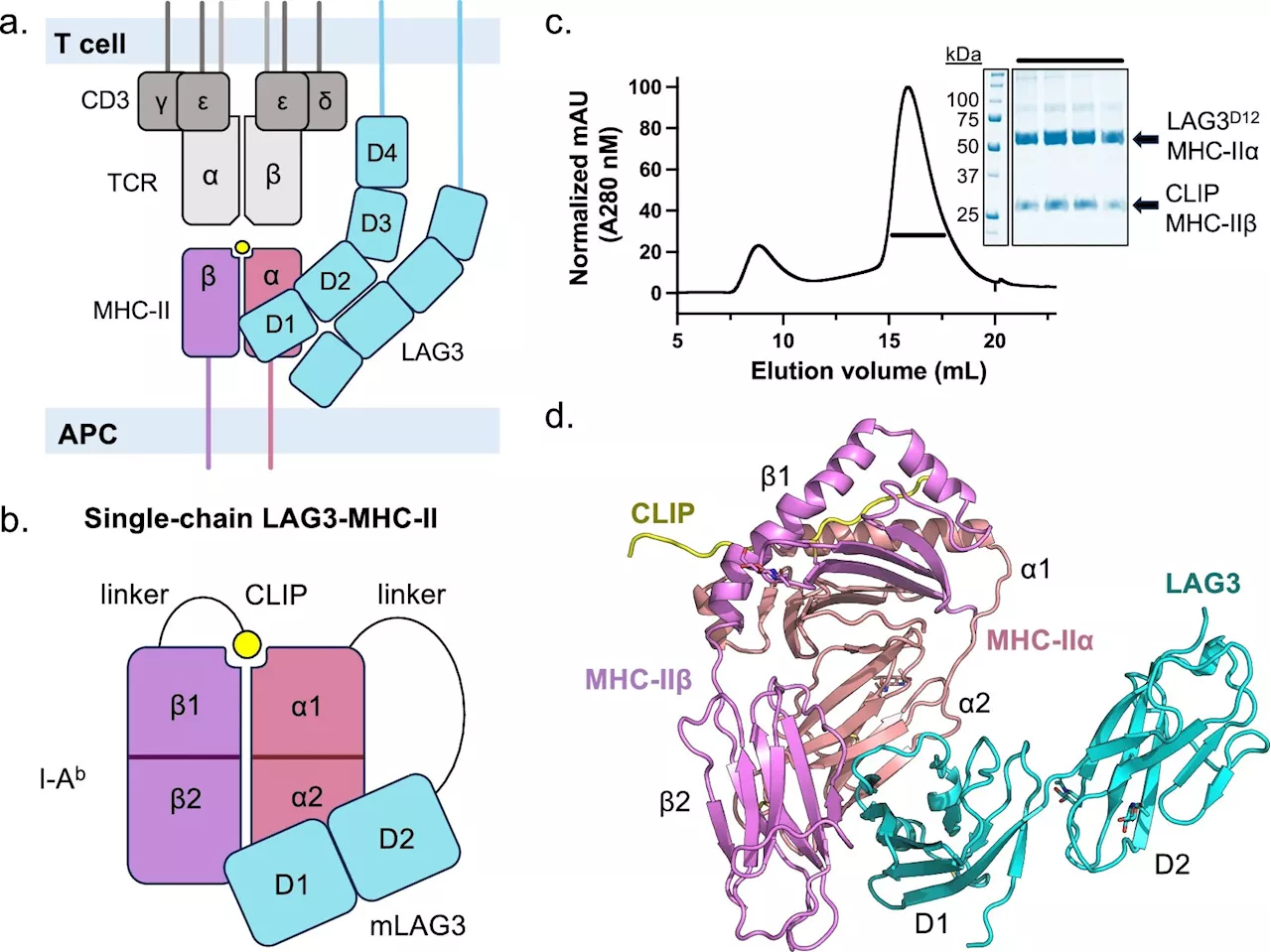Researchers characterize potential zoonotic pathogens present in fecal samples of urban vertebrate species.
By Dr. Sanchari Sinha Dutta, Ph.D.Reviewed by Benedette Cuffari, M.Sc.Sep 4 2024 Urban wildlife in Madrid poses a growing zoonotic threat, with bats and birds harboring high levels of potentially dangerous pathogens, sparking concerns over public health risks. Study: Zoonotic potential of urban wildlife faeces, assessed through metabarcoding. Image Credit: Kateryna Kon / Shutterstock.com
Emerging infectious diseases with zoonotic potential are a significant public health threat. Several factors have contributed to the emergence of zoonotic epidemics, some of which include increased interactions between humans, wildlife, and livestock, globalization, agricultural intensification, climate change, and limited availability or accessibility to healthcare systems.
Among the studied urban vertebrate species, bats were identified as the most frequent hosts of potentially zoonotic pathogens, followed by storks, pigeons, and sparrows. Among the identified zoonotic species of high relevance, Campylobacter and Listeria were detected in birds, whereas Chlamydia and Vibrio cholerae were detected in bats.
Study significance The current study provides a comprehensive overview of potentially zoonotic pathogens that are currently circulating in urban vertebrate species. Urban birds and bats were identified as the main reservoirs of these pathogens, thereby highlighting a potential risk of zoonosis. Other potentially zoonotic species identified in the current study include Brucella, Campylobacter, Chlamydia, Listeria, Mycobacterium, Salmonella, Vibrio, and Yersinia. Among these species, Campylobacter has already been described in birds as a zoonotic pathogen.
Campylobacter Campylobacteriosis Chlamydia Clostridium Food Infectious Diseases Listeria Public Health Zoonosis
United Kingdom Latest News, United Kingdom Headlines
Similar News:You can also read news stories similar to this one that we have collected from other news sources.
 The people working to help Scotland's bats bounce backBeth Bridge is working to create the conditions which will let these endangered mammals thrive again.
The people working to help Scotland's bats bounce backBeth Bridge is working to create the conditions which will let these endangered mammals thrive again.
Read more »
 Moon hoax: Man-bats and unicorns featured in The Sun in New York'They averaged four feet in height, were covered, except on the face, with short and glossy copper-coloured hair.'
Moon hoax: Man-bats and unicorns featured in The Sun in New York'They averaged four feet in height, were covered, except on the face, with short and glossy copper-coloured hair.'
Read more »
 Bats could prevent this derelict Lancashire pub being demolished'Certainly something needs doing with the building'
Bats could prevent this derelict Lancashire pub being demolished'Certainly something needs doing with the building'
Read more »
 Thetford residents use bat boxes to slow Abbey Estate plansUnder planning rules, developers are expected to comply with the legal protection of bats.
Thetford residents use bat boxes to slow Abbey Estate plansUnder planning rules, developers are expected to comply with the legal protection of bats.
Read more »
 Researchers advocate for tissue-engineering approach for arthritis reliefVarious forms of arthritis afflict nearly 600 million people worldwide and add $16.5 billion to the United States' health care bill, yet there are few engineered cartilage tissue therapies available to sufferers.
Researchers advocate for tissue-engineering approach for arthritis reliefVarious forms of arthritis afflict nearly 600 million people worldwide and add $16.5 billion to the United States' health care bill, yet there are few engineered cartilage tissue therapies available to sufferers.
Read more »
 Researchers reveal key LAG3 mechanisms that could enhance cancer immunotherapyImmune checkpoint inhibitors are a type of cancer treatment that helps the immune system attack cancer cells more effectively. One of the key proteins involved in this process is lymphocyte activation gene-3 (LAG3), which suppresses the antitumor immune response.
Researchers reveal key LAG3 mechanisms that could enhance cancer immunotherapyImmune checkpoint inhibitors are a type of cancer treatment that helps the immune system attack cancer cells more effectively. One of the key proteins involved in this process is lymphocyte activation gene-3 (LAG3), which suppresses the antitumor immune response.
Read more »
